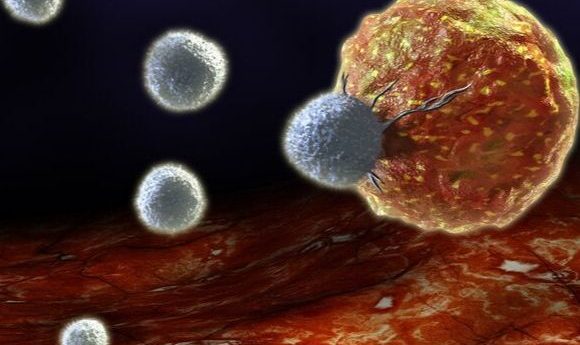Live-cell monitoring: optimizing workflows for advanced cell models

Check out this white paper, detailing how to incorporate live-cell monitoring into the nebulous design of advanced cell assays and highlighting its importance in several key fields.
Advanced cell assays, such as those that model disease states and are suitable for screening therapeutic agents, are often laborious to develop, involving many stages, and may only be ready to test after relatively long timeframes. The culture may require patient-derived or induced pluripotent stem cells (iPSC) and may then undergo manipulations, such as differentiation, activation, or genetic modulation via techniques such as CRISPR/Cas9. Further complexities in the cellular organization may also be required, for example, the use of co/multi-cultures or the formation of 3D structures.
This whitepaper illustrates the importance of live-cell monitoring for complex, recurrent workflows and, with the ability to perform multiparametric imaging techniques in a non-perturbing manner, its relevance to the fields of immunology, oncology, and neuroscience are highlighted.
Highlights include:
- Live-cell monitoring tools for optimal QC of cell culture assays
- Capturing complex cell manipulations, such as differentiation and activation
- Measuring stem cell events, such as reprogramming and differentiation
- Analyzing the development of advanced 3D models, such as 3D spheroid formation
- Future perspectives of live-cell imaging
Register here to download this white paper!